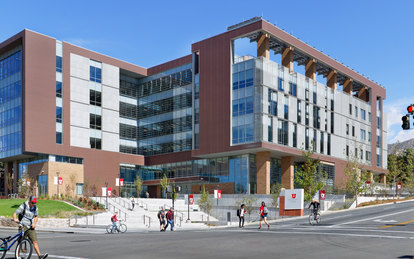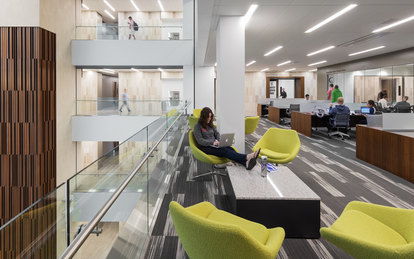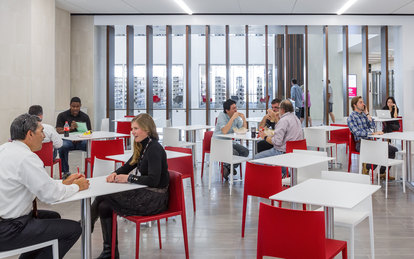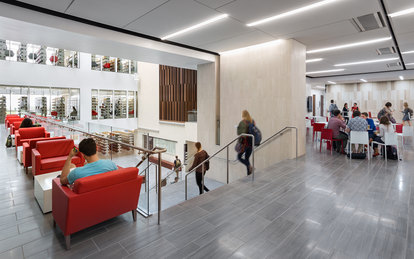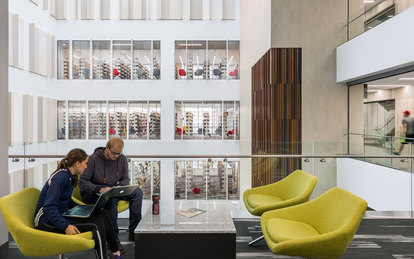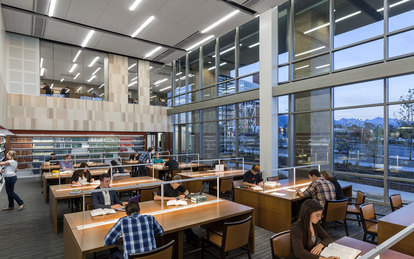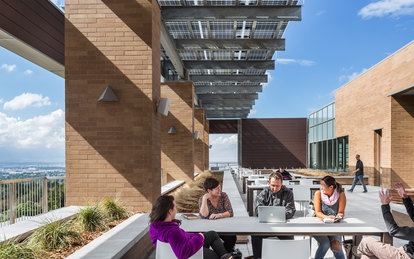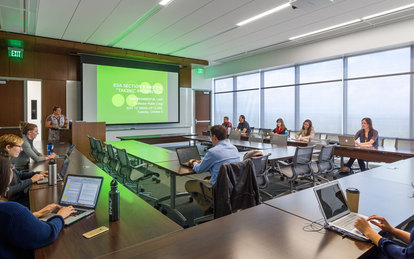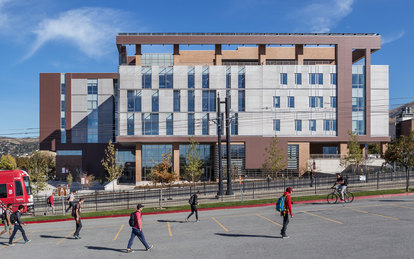University of Utah Quinney College of Law Programming
A top-tier law school known for its strong tradition of community service, the University of Utah’s College of Law needed to update its aging facilities. The university identified a prominent site at the southwestern corner of campus, and set high expectations for its long-awaited new law building.
Client
University of Utah
Location
Salt Lake City, Utah
Markets/Services
Architecture, Higher Education, Professional Education, Programming, Sustainable Design
Size
160,000 SF
Featured Awards
American Institute of Architects (AIA) / Committee on Architecture for Education (CAE), Educational Facility Design Award - Award of Merit, 2017
Through your partnership, the College of Law has exceeded our expectations and will help us realize the College’s vision of creating a law center for the 21st century that is dedicated to educational innovations and community impact.
David W. Pershing
President, The University of Utah
SmithGroup, in association with Salt Lake City-based VCBO Architects, designed a student-centric environment that would inspire collaboration between students and faculty as well as facilitate community-engaged applied learning.
Rather than the more typical law school layout that compartmentalizes functions, the S.J. Quinney College of Law provides a variety of settings for collaborative study and research. The new facility boasts advanced instructional facilities including a variety of classrooms, skills development spaces, and a large auditorium and events room that opens to a rooftop terrace. Additionally, the design creates a much-needed, accessible campus path via a series of gardens and ramps.
Conservation of resources and a desire to inspire responsible practices were among top goals for this LEED Platinum certified project. Energy-efficient features incorporated in the design include solar generators that also function as shading devices, a system that utilizes site well-water for building cooling, and a chilled-beam system that is expected to cut heating and cooling costs in half.
